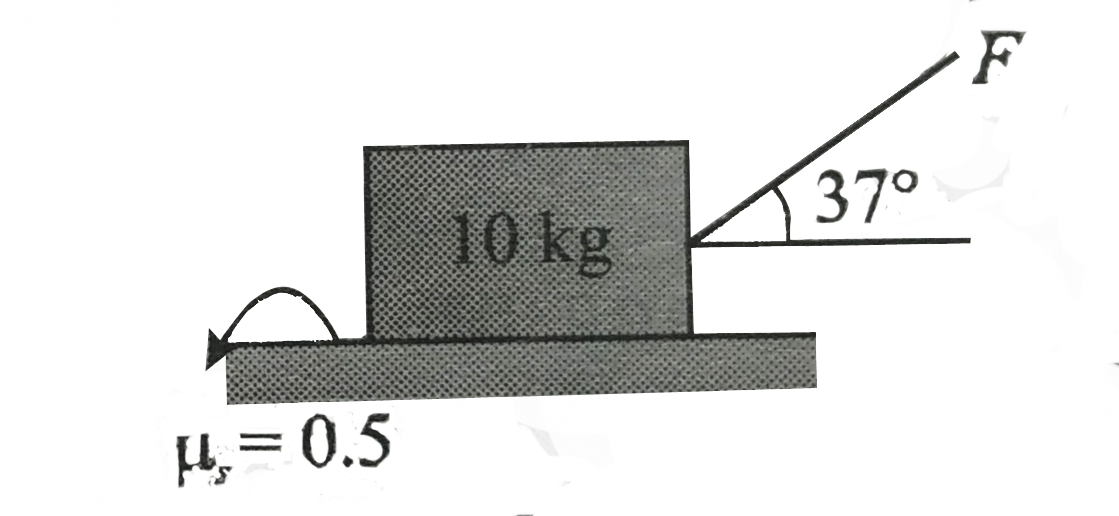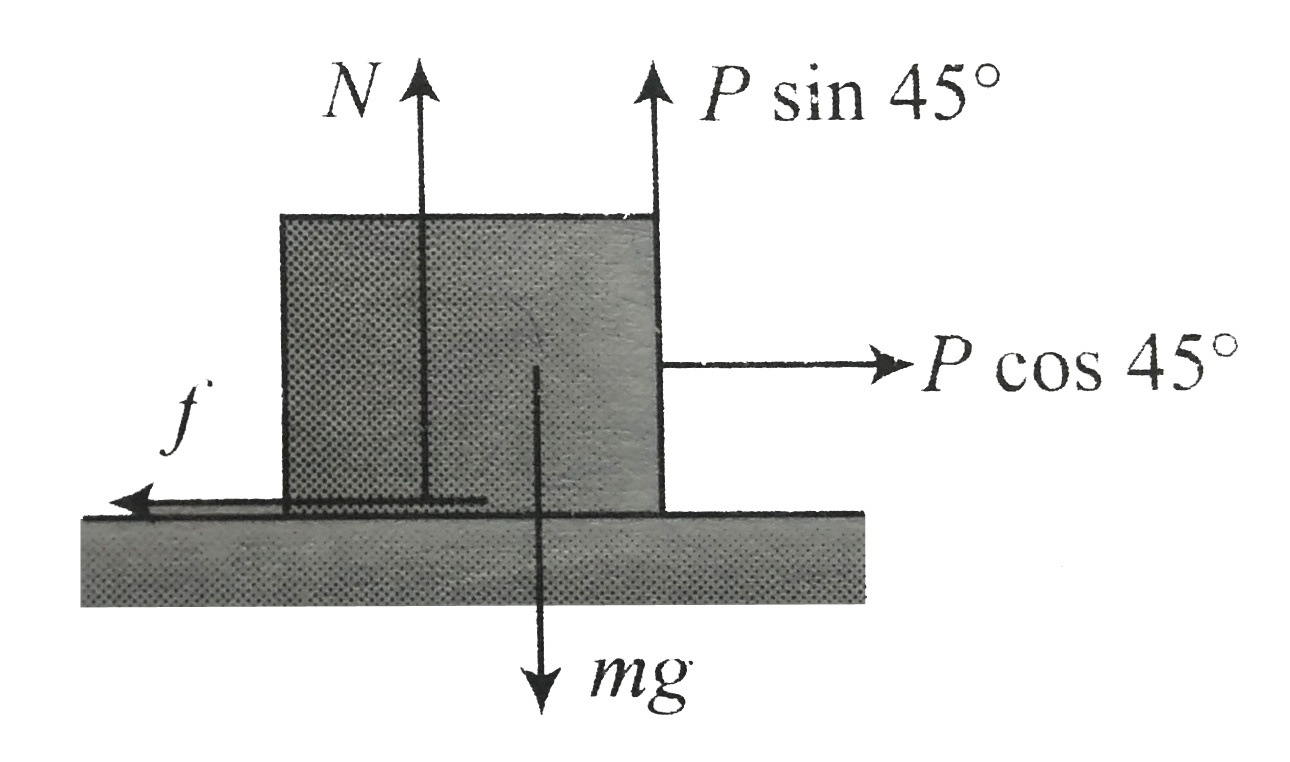A
B
C
D
Text Solution
Verified by Experts
The correct Answer is:
|
Topper's Solved these Questions
NEWTON'S LAWS OF MOTION 2
CENGAGE PHYSICS|Exercise Solved Examples|12 VideosView PlaylistNEWTON'S LAWS OF MOTION 2
CENGAGE PHYSICS|Exercise Exercise 7.1|25 VideosView PlaylistNEWTON'S LAWS OF MOTION 1
CENGAGE PHYSICS|Exercise Integer|5 VideosView PlaylistPROPERTIES OF SOLIDS AND FLUIDS
CENGAGE PHYSICS|Exercise INTEGER_TYPE|2 VideosView Playlist
Similar Questions
Explore conceptually related problems
Knowledge Check
A
B
C
D
Submit
A
B
C
D
Submit
A
B
C
D
Submit
Similar Questions
Explore conceptually related problems

